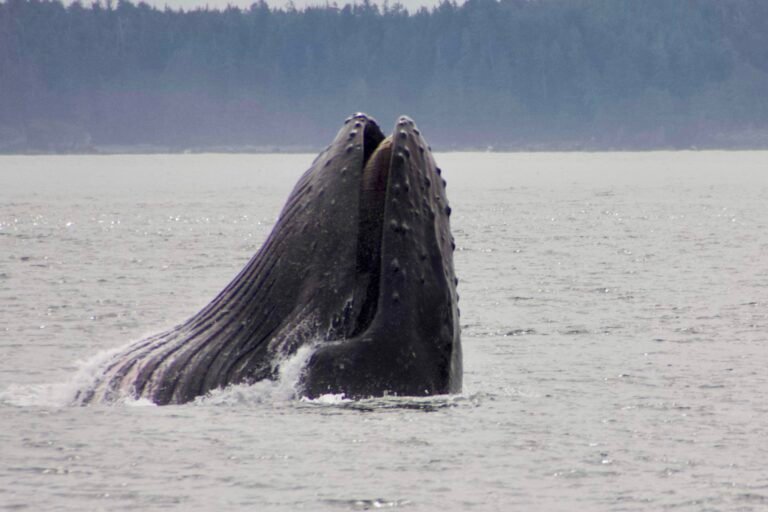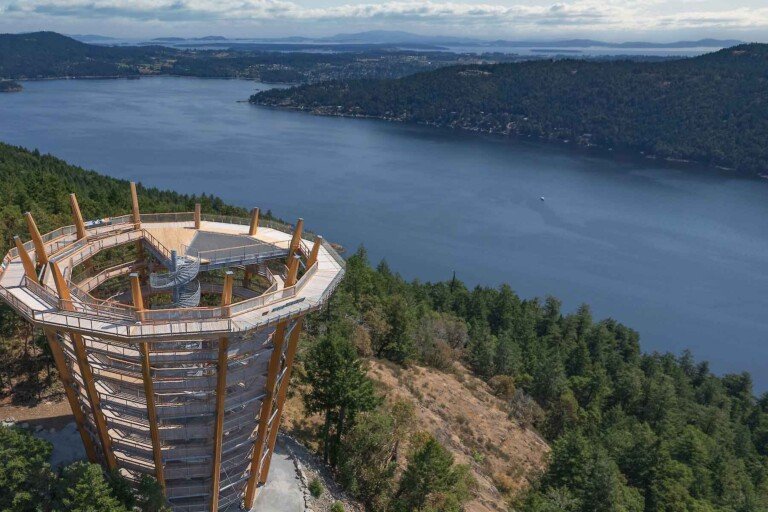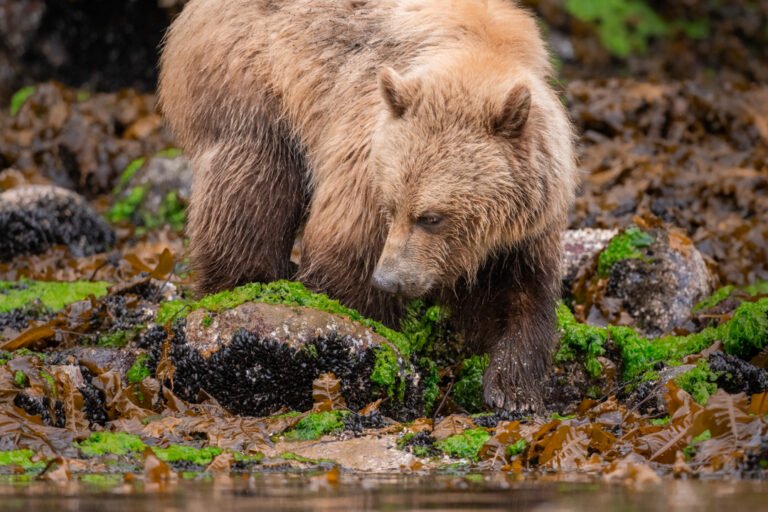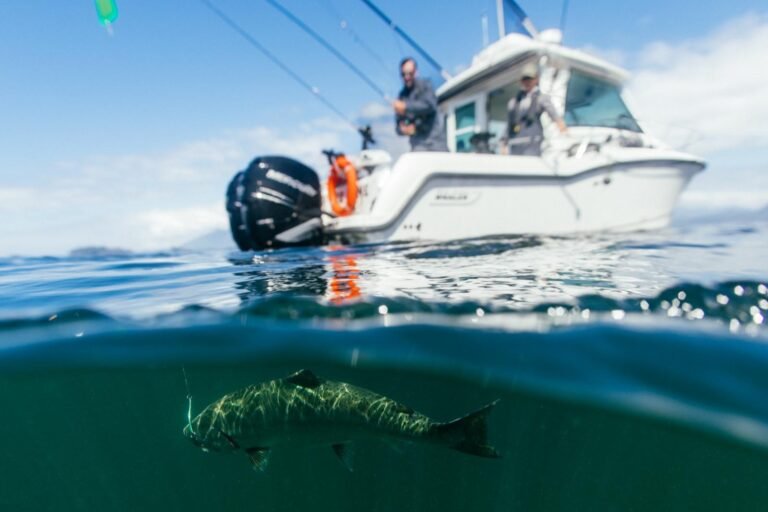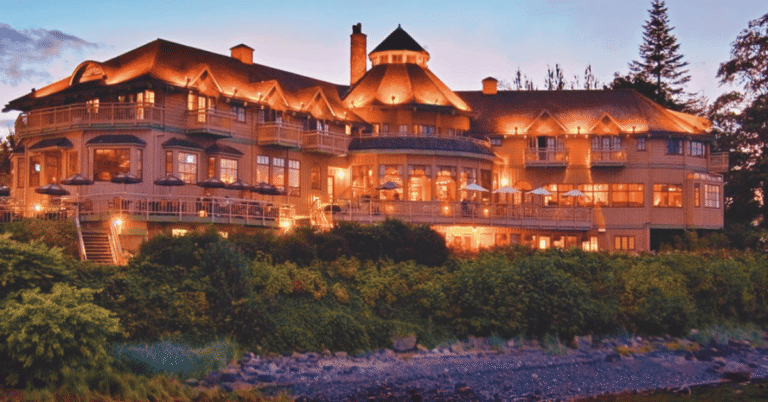Premier Listings: Hiking & Backpacking: Kootenay Rockies
Crowsnest Highway 3 – The West Kootenays
The historic Dewdney Trail ran between Hope, at the east end of the Fraser Valley in the Lower Mainland, and Wildhorse, near Creston in the East Kootenays. Although much of the original 4-foot (1.2-m) pathway that Edgar Dewdney blazed in 1865 has been neglected, it’s still possible to hike portions of it that have been maintained between Christina Lake and Rossland.
Dewdney was a young civilian surveyor who was originally hired by Colonial-Governor Douglas in 1860 to build a trail between Hope and the gold fields in the Okanagan Valley region. With the discovery of gold in Stud Horse Creek (later renamed Wild Horse Creek) Dewdney was asked to extend the trail east to Wildhorse in 1865. With help from the weather, he was able to complete the route through the Kootenays in five months. Dewdney’s legacy can be touched in several places and by several modes of exploration as you explore this region. In addition to hiking, you can drive a section of the trail as Hwy 3B passes through Trail, which takes its name from the Dewdney Trail.
The BC Forest Service office in Grand Forks or in Nelson should be able to provide more information about this trail and others it maintains in this part of the West Kootenays, including the Old Glory Trail.
Located in the Monashee Mountains on Hwy 3B just north of Rossland, the 20,000-acre (8100-hectare) Nancy Greene Provincial Park is noted for its alpine and Nordic skiing, especially at Red Mountain. During summer and fall, hikers can take advantage of the more than 12 miles (20 km) of low-elevation trails to view mule deer and black bear. A small band of mountain goats ranges along the west side of Old Glory Mountain until winter conditions drive them down into Sheep Creek. Other wildlife found here are pikas, Columbia and golden-mantled ground squirrels, and other small rodents. Blue grouse, Clark’s nutcrackers, juncos, Steller’s jays, and red-tailed hawks are frequently observed. Many migratory songbirds are heard, if not seen, in the subalpine forests.
Kokanee Glacier Provincial Park is located in the Slocan Range of the Selkirk Mountains between Slocan Lake and the north arm of Kootenay Lake, 18.6 miles (30 km) northeast of Nelson off Hwy 3A. It is a mountain wilderness of more than 74,000 acres (30000 hectares), most of which lies above 5,900 feet (1800 m), with half of it at elevations above 6,880 feet (2100 m). The glacier (for which the park is named) clinging to the slopes of 9,100-foot (2774-m) Kokanee Peak is almost in the park’s
centre.
The warm summers give way to cold winters, which can begin as early as October. Precipitation is fairly high, with about eight months of often heavy snowfall, and summer rains that can turn into light snowfall at any time. Always be prepared for below-freezing temperatures at the park’s higher elevations.
The terrain is extremely rugged, the hard granitic rock having been sculpted into jagged peaks by the carving action of glaciers. Three of these – Kokanee, Caribou, and Woodbury Glaciers – are the source of many of the park’s creeks, which have cut deep valleys across the landscape. Three biogeoclimatic zones are found in the park, although it is primarily in the Engelmann spruce/subalpine fir zone. At higher elevations, forests give way to alpine communities of dwarf blueberry, white rhododendron, and heather, interspersed with open grassy areas, wildflower meadows, and moss- and lichen-covered boulders.
The alpine slopes are the summer home of a wide variety of wildlife, including mountain goats, deer, black bears, and grizzlies. (Protection of significant grizzly bear habitat was the main reason for an expansion of the park in 1995.) More frequently observed, however, are smaller mammals like the hoary marmot, ground squirrel, and pika. Blue and Franklin grouse inhabit the forests, and dippers can be found around the many lakes. Raptors sometimes seen include the sharp-shinned hawk and the golden eagle.
The park offers excellent wilderness recreation in both summer and winter. Vehicular traffic is allowed only on access roads; some of these traverse avalanche zones, so caution must be exercised at all times. There is wilderness camping throughout the park, and three cabins for overnight use. Visitors are reminded that, as this is a wilderness area without supplies or equipment of any kind, they should be reasonably physically fit and well equipped for all conditions. And don’t forget the chicken wire. Believe it or not, for overnight stays it is recommended that you surround your vehicle with chicken wire to protect it from porcupines, which like to chew on rubber!
Trails within the park – there are more than 50 miles (85 km) of them – range from easy to difficult, with most falling into the moderate range. Many of these trails were built for miners hauling ore and supplies. Five access roads, which may not be suitable for low-clearance vehicles, lead to trailheads in the central area of the park. For the southernmost route, from Hwy 3A, 12 miles (19 km) northeast of Nelson, drive up Kokanee Creek for 10 miles (16 km) to Gibson Lake.
Slocan Valley and Upper Arrow Lake
Valhalla Provincial Park is a magnificent world-class wilderness area half as large as Kokanee Glacier Provincial Park, including nearly 20 miles (30 km) of the pristine wilderness shoreline of Slocan Lake. According to Norse mythology, Valhalla was a palace roofed with shields, wherein lived the bravest of the slain Norse warriors. There, under the leadership of the god Odin, they lived a happy life waiting for the day when they would be rallied to march out of the palace and do battle with the giants. The spirit of Valhalla lives on in the splendour of this portion of southeastern British Columbia, where great palaces of rock call forth majestic images with names such as Asgard, Gimli, and Thor.
The Valhalla Range is a dramatically diverse area in the Selkirks. Deep river valleys, large subalpine lakes, and granite peaks of up to 9,275 feet (2827 m) grace this park. The peaks are truly magnificent. In the northwest, New Denver Glacier at 9,049 feet (2758 m) dominates the landscape, while the block-shaped Devil’s Couch at 8,750 feet (2667 m) and Hela Peak at 8,914 feet (2717 m) define the central area. Along the southwestern boundary is an outstanding group of spires including Mount Dag, the Wolfs Ears, Gimli, Asgard, and Gladsheim, all over 8,700 feet (2660 m).
Boat access across Slocan Lake from Hwy 6 between Slocan and New Denver is required to reach most of this wilderness. Slocan, Silverton, and New Denver, the closest communities, all have boat launches. The lake can also be accessed from Rosebery, which has public access at the north end of the lake and, via the narrow Wragge Creek Forest Service Road, which leads west from Hwy 6, at Wragge Beach on the western shore, where there is a medium-sized, forested, heavily used recreation campsite.
Commercial water taxis take visitors across the lake. Visitors who opt to canoe to the beaches and trails should note that strong crosswinds may blow up suddenly. Early-morning starts are recommended. The shoreline of Slocan Lake is for the most part a rugged combination of bluffs and large rocks interspersed with beautifully isolated pebble and sand beaches. Pictographs on the rock bluffs overhanging the lake are reminders of former Native inhabitants, while overgrown trails and logging flumes mark the passing of the local mining boom that brought Europeans to this area a century ago.
Three biogeoclimatic zones are found within Valhalla: interior cedar/hemlock, Engelmann spruce/subalpine fir, and alpine tundra. Due to a moist climate, interesting plant communities, such as yellow cedar, Engelmann spruce/fern associations, and coastal fern communities, are important features of the area. Mountain caribou, goats, black bears, and grizzlies roam Valhalla, and smaller mammals like marmots and pikas can occasionally be seen among the rocks. Alpine ptarmigans and golden eagles are favourite birds to watch for when hiking.
The hiking trails that cover a variety of distances and terrains lead from the six main drainages from the mountain heights to Slocan Lake below, and from the Hoder Creek Logging Road past Drinnon Lake and Gwillim Lakes in the southwest.
Northwest of Nakusp, in the Monashee Mountains, Monashee Provincial Park is a wilderness area of mountains, lakes, and forests. It comprises several small untouched watersheds supporting substantial old-growth cedar, hemlock, and spruce forests and important habitat for grizzly bears. The area also features some of the oldest rocks in the province, a small threatened herd of caribou, and some rare specimens of coastal plant species.
The park is intersected by switchback trails, necessary in this steep terrain. The feelings of early explorers are manifested in the local place names Belly-Up Canyon and S.O.B. Gulch, and a large area at an elevation of 8,000 feet (2439 m) named Valley of the Moon. There are a number of trails for exploring this wonderful park. Climb up Fosthal Mountain for beautiful views of the Monashees and Okanagan Highlands, or go to the Fawn Lakes, an interesting area of more than 100 ‘little puddles.’ Hikers can use the 10 wilderness campsites at Spectrum Lake to take day or longer trips.
There is no road access to Monashee Provincial Park, which is located 46.5 miles (75 km) northeast of Vernon. Take Hwy 97 to Vernon, then go east on Hwy 6 to Cherryville. Go northeast up Sugar Lake Road to Spectrum Creek, where there is a parking lot. The climb to the park is a fairly stiff 7.5 miles (12 km).
Hiking trails maintained by the BC Forest Service in this region of the West Kootenays include the Kuskanax Creek Trail (about 10 miles/16 km return) south of Nakusp, which leads to Kimbol Lake. To find the trailhead, drive 1.2 miles (2 km) south of Nakusp on Hwy 6. Turn east on Alexander Road for 1.2 miles (2 km) and watch for trail signs posted beside the Nakusp Cemetery. Other trails lead east of Hwy 6 in the town of New Denver.
North Kootenay Lake and Selkirk Valley
For those in good shape and desiring an extreme backpacking adventure, the Purcell Wilderness Conservancy Park can be explored along a 37-mile (60-km) stretch of trail that begins just south of the Kootenay Lake town of Argenta. From the Earl Grey Pass trailhead, the hiking or horseback route passes through some of the Purcell Mountains’ most awe-inspiring peaks, some of which reach heights of more than 12,000 feet (3600 m), on its way to Toby Creek, just west of Invermere.
In contrast to the forest-mantled Selkirk Mountains to the west, much of the Purcell Range rode out the last ice age above the glaciers. Thus, fossils are frequently found at elevations above 7,000 feet (2100 m). The high, rugged mountains are undisturbed by roads in British Columbia’s only park classed as a ‘wilderness conservancy,’ where all forms of mechanized access (including helicopters) are prohibited. Hikers are rewarded with undisturbed views of some of the finest wildlife habitat in the southeastern region of the province. (Providing complete wilderness experience is the primary objective of the conservancy.)
Five biogeoclimatic zones are found here: interior cedar/hemlock, interior Douglas fir, montane spruce, Engelmann spruce/subalpine fir, and alpine tundra. There are grassy meadows at low elevations, which are crucial for elk and moose. Abundant wildflower and alpine meadows astound backcountry trekkers. Wildlife includes mule and white-tailed deer, moose, elk, black and grizzly bears, mountain caribou, and mountain goats. More than 68 species of birds have been recorded. Some of the streams contain native stock of cutthroat and rainbow trout, dolly varden, and mountain whitefish.
Fry Creek Canyon Provincial Recreation Area is a wilderness area on the western slopes of the Purcell Mountains above the north arm of Kootenay Lake. From Argenta, a rough road leads south 7 miles (12 km) to Johnson’s Landing, from where the recreation area can be reached via a 2.5-mile (4-km) trail. Besides wilderness campsites, Fry Creek Canyon has over 6 miles (10 km) of hiking trails. Splendid views of the canyon and surrounding peaks from an old miners’ trail along the creek provide photographers with subjects aplenty.
Northwest of Argenta, a small alpine campsite at Meadow Mountain that offers great views as well as access to meadows, small lakes, and an extensive alpine ridge system for hiking, horseback riding, or snowmobiling. Northeast of Argenta, a short trail (moderate; 4 miles/6.5 km; last 0.5 mile/0.8 km steep) leads to the base of the MacBeth Icefield, where there is a small lake and wilderness camping. You can get to it from Argenta by a rough road along Glacier Creek, accessible from the east side of Duncan Lake and suitable for both two-wheel-drive and four-wheel-drive vehicles.
North of Trout Lake off Hwy 31, there is an alpine and subalpine trail along Silvercup Ridge. Originally built as a mining trail, this 12-mile (20-km) trail provides great views and a two- to three-day backpacking trek. All roads to the trail are for high-clearance four-wheel-drive vehicles.


